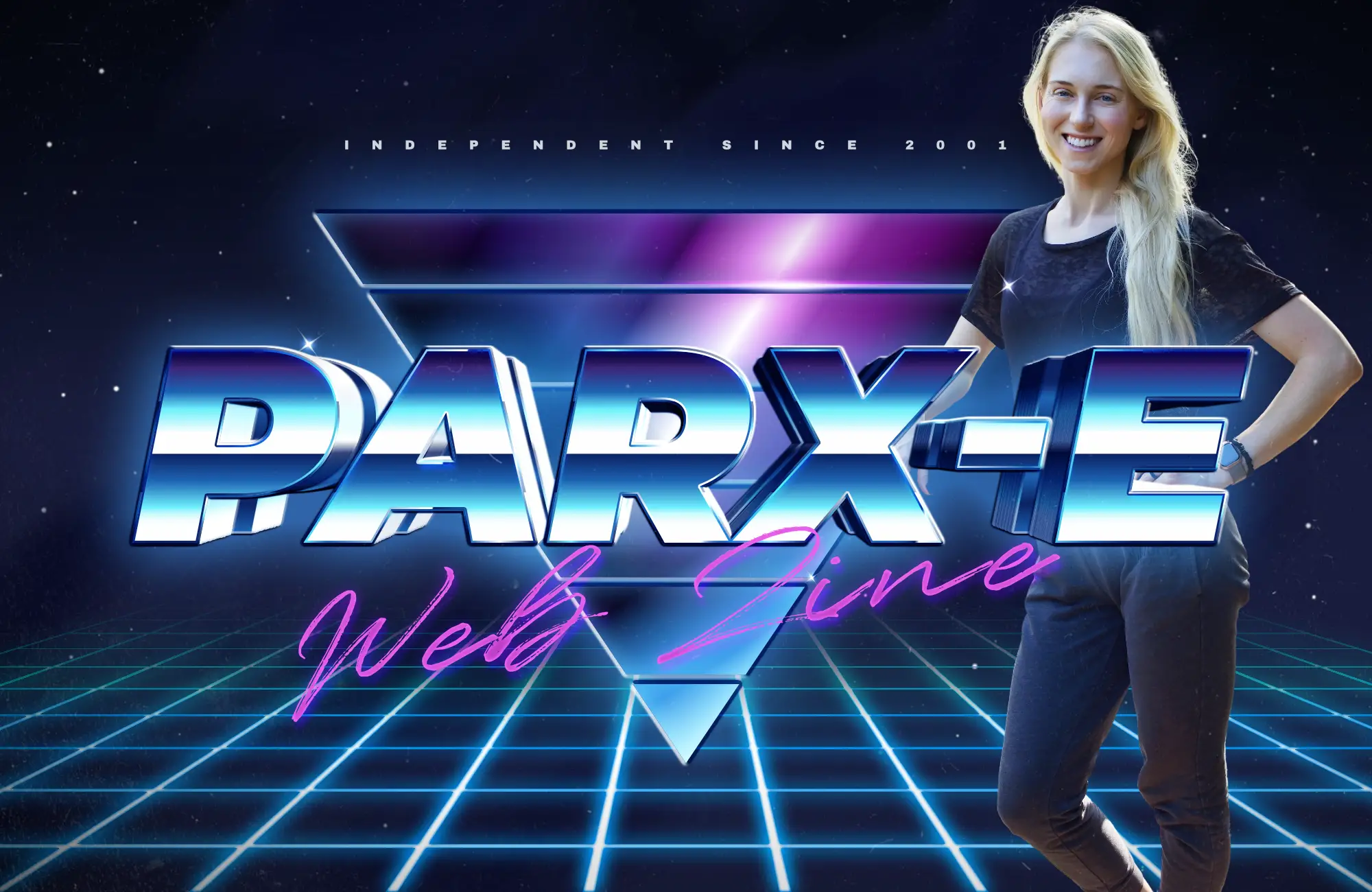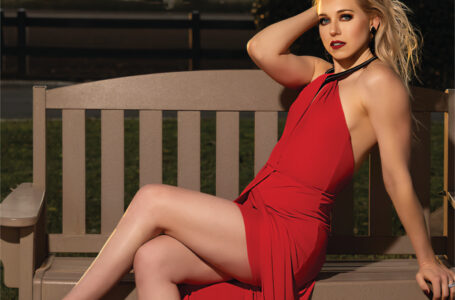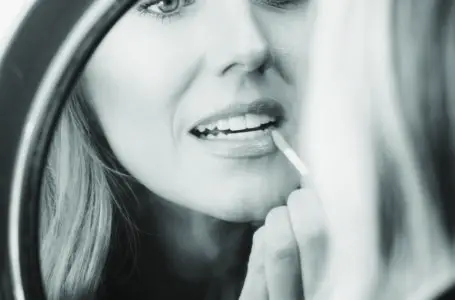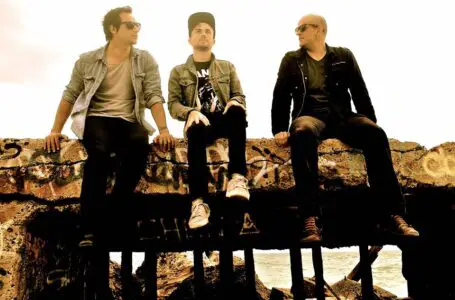In My Pocket

Picture copyright respected holders.
Interview With The Director Of In My Pocket David Lisle Johnson By Chris 2/7/09
In My Pocket is a film that going to be a must see movie, with great cast with such actors as Brendan Sexton III,Kayle Defer & Glen Morshower, add a great storyline.
You got a winner of a movie and I for one, can’t wait to see it
So read on.
1. How did the film come about?
In My Pocket was a script that I wrote a few years back before I started my production company Linear Pictures with my two partners Christopher Kemp Fredie and Saeid Esmaeilian. We raised the finances to start our company and shoot this as our first feature length film, through private venture capital in early 2008. We had a few scripts completed but felt that In My Pocket would be a good debut film for us being a moderately budgeted project and a subject that would play on the emotions of a culture deeply affected by the drug epidemic.
2. What was the inspiration behind the story?
The idea for this story lays a bit in truth. About 7 years ago, a neighbor of mine bought a pair of jeans from a high-end thrift store on Melrose Ave in Los Angeles, CA for their boyfriend as a Valentineís Day gift and when they went to try them on, they found a small bag of cocaine in the small change pocket. I started thinking, what if those pants got into the hands of a recovering addict? A seemingly innocent gift could end up becoming someoneís undoing. I took that one circumstance and based a short story around it, that short story later became a feature length script. A detail of the main character that we wanted to portray in the story was that of a functioning addict, a young professional who is hiding his addictions from his family and the world around him. Our aim was to show that the drug epidemic isnít limited to the dregs of society type that is often portrayed in mainstream media but the working class as well.
3. How long did it take to film the movie?
The entire production process took about 6 months. 3 weeks of pre-production, 5 weeks of principle photography and roughly 4 months of post-production. We wouldíve liked to have a bit more time with the pre-production process however.
4. How was the process of choosing the actors for the film like?
Casting was an interesting process having never done so on such a scale before. One of our first moves was to hire a local casting agent by the name of Ricki Maslar who put together a fantastic cast for us. We had many talented actors and actresses audition for us, making many of our decisions difficult ones.
5. Was it hard to edit the film to make the story flow?
The film actually went through 3 entirely different cuts throughout the 4 months of post-production. Our first cut was very linear and true to the original flow of the script but seemed to make the lead character a bit unlikable. Test audiences werenít connecting with ìsome rich kid and his so-called problemsî so we went back into the editing room and restructured the film in a way where our hero became a more relatable and sympathetic character. This second cut utilized flashbacks to give the back-story and succeeded in the attempt to make the hero relatable, but presented a new problem. The flashbacks seemed to take some of the weight and impression of the last half of the film away. Third time was indeed the charm and weíre left with the non-linear version that stands as the final cut today.
6. Has the film had much international sales yet?
Weíve actually just hired Circus Road Pictures on as our domestic sales representatives and are pushing forward with them in hopes of landing a domestic distribution deal, which in turn should make international distribution a much better possibility. Our aim is for the film to gain as large an audience as possible, as we believe deeply in its message and that itís a great film overall worthy of an audience.
7. What was it like having Brendan Sexton III, Kaylee Defer & Glenn Morshower in the picture?
I feel fortunate to have worked with the cast that we had. So much young talent as well as many underappreciated character actors. Often made me wish that I had expanded on their respective characters.
8. What did they bring to the roles they played?
Brendan was great to have on set, very funny guy adept at making people around him very comfortable. Heís a terrific actor and I look forward to working with him again.
From the moment I met Kaylee, I knew she was prefect for the part. She had such a strong hold on the character and what I had envisioned for her that I knew she was the one.
Glenn was great to work with, one of the most professional actors Iíve ever met. We were blessed to have such a talented actor in one of our smaller supporting roles and heís been so supportive with the film ever since.
9. How has the feedback from the film been at festival like?
So far In My Pocket has been accepted into two film festivals, one of which we had to bow out of due to a scheduling conflict. The festival that we did attend was the Palm Beach International Film Festival in Palm Beach, Florida. We were not part of the jury competition but managed to win the very prestigious Audience Favorite Award for Best Feature Film. Weíre looking forward to more festival success now that we have the support of Circus Road Films in our corner to help with the lobbying process.
10. Were you happy the way the film turned out?
As a first time feature film director I didnít know what to expect, but I’m very pleased with the end result. Iím happy to have completed it and itís a pleasure to be able to sit back and watch the hard work of so many individuals come to life on screen.
11. Was it hard to make the film with a very little budget?
The budget of the film did have its hindrances, as we were limited in many of our resources such as background actors, certain equipment as well as time in general. The old adage of time is money is never truer than in the entertainment world. On the flipside, being an indie production company, we shot our film in a time when not too many other films were in production. The impending SAG strike was forcing Studios to hold on all their major productions leaving us in a position of being able to barter with many of our resources. This in turn gave us the opportunity to forge several important business relationships that we may not have been able to, had the situation been different.
12. What have been the responses so far to the film been like?
So far the responses to the film have been positive as well as responses to the trailer which is viewable on the film’s website www.inmypocketthefilm.com
13. Was it hard to get finance for the film?
Financing a film from the ground up is never an easy thing, however we were extremely fortunate to have been able to do so in a short period of time. As a production company we couldnít have asked for a better group of investors to come on board. From day 1 they believed in the project and in our passion for bringing it to life and have been nothing but supportive from then that day on.
14. What did you learn from making of this film that you can use for future features?
This film was an amazing experience in its entirety, not only were we left with a great film in the end, but so many valuable lessons in the film making process. If I had to say one and only one thing, that would be never devalue the importance of pre-production, itís the single most important aspect of production that sets the tone for everything to follow. The mistakes made and the steps skipped in pre-production will surely come back to haunt you throughout the rest of the film.
15. Has the internet played a good part in promoting the film and generating sales?
It’s somewhat difficult to properly gauge the impact that the Internet has had and will have on this film as we are still in the early stages of promoting it. I can say that weíve been receiving emails with requests to see the film and asking for general information about it, as well as the opportunity to do this interview that we would not have had without it. Still early to say, but Iím sure it will have itís fair impact on the success of the film.
16. What was the editing process like for the film?
As I spoke of before, the editing process took quite some time with 3 different cuts of the film, but the time was well worth it. We shot the film on the RED Camera, which made the editing process interesting as it was very new technology at the time and still is to this point.
17. Is their anything you wouldn’t do next time that you did this time in regards to making of the film?
Settle for anything less than the shots that I want.
18. What next for yourself?
Linear Pictures, the company that I started with my other business partners Saeid Esmaeilian and Christopher Fredie, is in the middle of fund raising for itís next two films to be shot in tandem this year. Iíve got a psychological thriller that I put together and will be directing. The other is a tragic comedy, which will be directed by one of my other business partners Christopher Fredie.
19. Did the actors stay pretty much to the script or was improv allowed?
For the most part they stayed true to the script, but I allowed them to improv a bit in certain scenes. For instance between the hero and his best friend, felt like it added to their chemistry.
20. Were their any major problems when making the film?
Where to start you know it would take too long to list. When I tell people stories, they tell me that first time directorís usually run into problems but not this many. Iíll give you one. In order to shoot a film in LA for a decent budget, you have to deal with the unions. Whether you like it or not, theyíll push their way in. We tried to shoot this film non-union because every dollar that we had as a production was stretched to the maximum, the Union stepped in. They sent representatives on set to offer all of our non-union crewmembers a chance to join the union and get benefits. In exchange they had to strike against us until we became a union production. We were on a tight schedule to finish the film but werenít about to fold to the union canít get blood from a stone. Our crew struck and we spent the whole night hiring a new crew to come in and shoot the next day. Stayed on schedule. Not gonna go down that easy though, turns out the location we were at had an out clause in the contract and didnít appreciate the picketing crew outside their gates. They came down on us forcing us to make a deal with the union. We settled and had to rehire the crew that had just struck against us days before. Awkward set the next day to say the least. Got through that and many more obstacles.
21. Is it hard to make an independent film in this day and age?
I think itís hard to make a successful independent film at this time. We were fortunate in many ways on this film, I guess Iíll have a better answer after this next one.
22. What advice can you give to some one wanting to make a independent film?
Make sure you get what you want and donít settle for less, otherwise you might as well let someone else do it.












